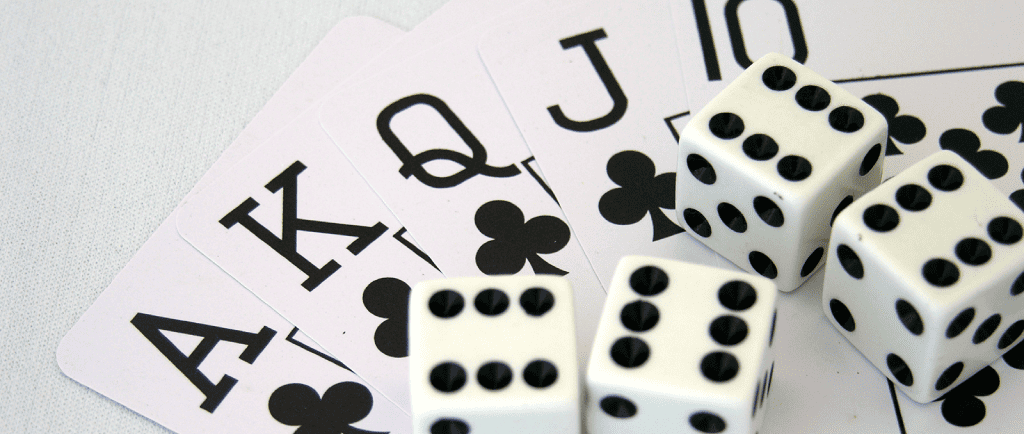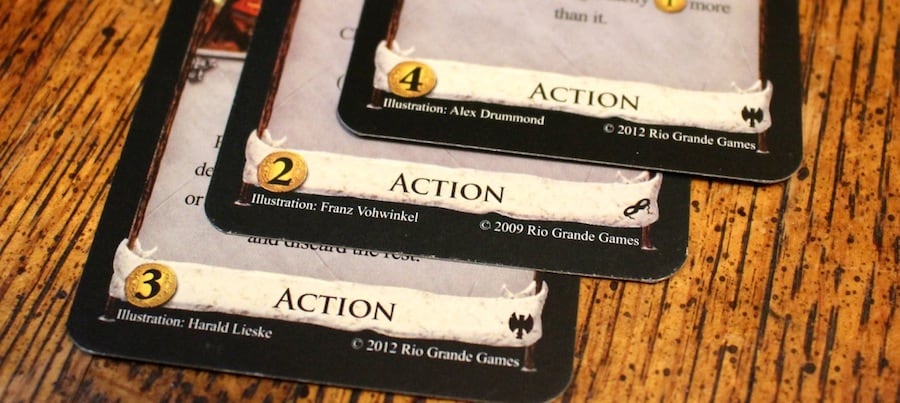
ALL GAMES NEED ACTIONS. OTHERWISE, DO YOU REALLY HAVE PLAYERS, OR JUST OBSERVERS?

Today I continue my examination of the different core elements of games by looking at actions. If you’ve missed my previous articles in this series on Game Elements, you can see them here: Game Elements: Goals and Game Elements: Scoring
THOUGHTLESS ACTIONS
Keep in mind that actions don’t have to be decisions. Things like setting a game up, following rules for AI or upkeep, and drawing cards and rolling dice are actions, and games can have no decisions at all (think Candyland and Snakes and Ladders). And some games, like Betrayal at House on the Hill, have actions that feel like they’re decisions (exploring the house), but in reality are effectively blind luck. We won’t be focusing on this type of thoughtless action today, but they are worth keeping in mind, because some are more fun than others. Are the decisionless actions in your game adding to the game’s fun, or taking away from it?
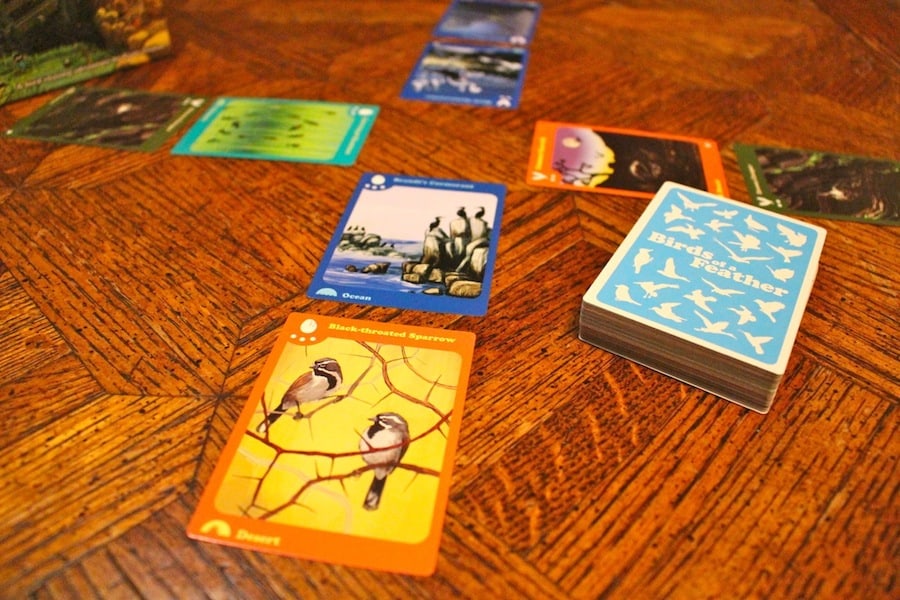
DISCRETE VS CONTINUOUS ACTIONS
Some actions are defined by what players can do. For example, in Birds of a Feather, players play a single card from their hand each turn. That’s all you can do… the action is specified precisely. These are discrete actions.
In other games, the actions are defined by what players can’t do. Pictionary is a great example of this. When it’s your turn to draw, you are not allowed to talk or use symbols, but you can do whatever else you want with your pencil and paper. These continuous actions are not as common in board games, but they’re great for party games, can work in dexterity games, and can bring interesting trading and haggling to economic games.
Note that this isn’t a completely binary distinction. For example, in Tessen, players play cards in specified ways and locations, but can play them at any time. All actions fall somewhere in the discrete-continuous range, but not always at one end of the spectrum.
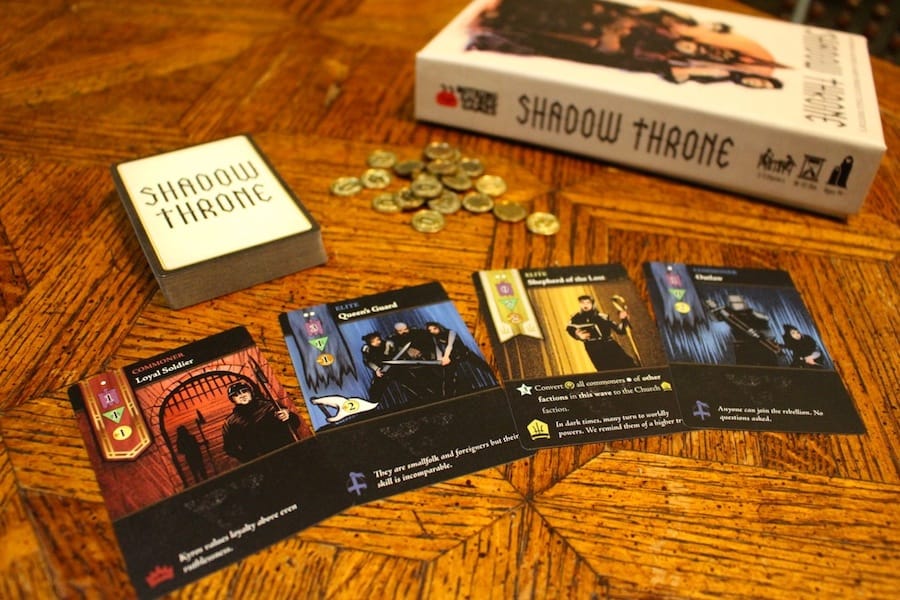
SIMULTANEOUS ACTIONS
In some games, players take turns performing actions. In others, multiple players act at the same time. Both discrete and continuous actions can be performed in turn or simultaneously. Continuous simultaneous actions usually involve all players acting at the same time as much as they like. For discrete simultaneous actions, all players usually choose their actions secretly, then reveal and resolve those actions at the same time.
For a year or two I was very excited about simultaneous actions in games because they tend to keep all players engaged all the time while greatly reducing down time. But there are definite downsides to simultaneous actions. For one thing, the types of actions you can perform are limited, and you must have ways of dealing with conflicts. For another, games with simultaneous actions tend to feel more chaotic. Even with discrete actions, players must make decisions without complete knowledge of the game’s state, which can make the game feel too random.
But turn based games can feel slow and involve a lot of down time, especially when players have many options or can do many things on their turn. This can be mitigated by keeping choices limited, preventing players from chaining actions in a single turn, and keeping all players invested during other players’ turns.
Only allowing a player to do a single action on his or her turn is one of my favorite ways to mitigate downtime in turn based games, but it comes with its own downsides (of course). Namely, players might feel like they have too little control, or that other players always prevent them from finishing combos they start one turn and intend to finish on a later turn. It’s worth considering how many actions a player should be able to take at once in your game. The ideal number might be one, two, three, or it might not even need a limit.
TURN ORDER
In turn based games, players must act in a certain order. Often times, this is just clockwise around the table. But modifying turn order is a great way to mix a game up. It of course can be confusing for players when turn order changes, especially when it does not always go around the table, but if you’re working on a medium to heavy complexity game, I encourage you to consider this option. It offers a lot of interesting flexibility without adding any new systems to the game, since turn order is necessary one way or the other.
Whether you change turn order throughout a game or not, you should consider if there are any advantages or disadvantages to turn order in your game. Sometimes the starting player has an advantage; sometimes it’s the last player (who can react to other players with more knowledge); and rarely it’s someone in the middle. Changing player order can help mitigate any advantages turn order provides, but there are other options as well, such as giving certain players more resources or actions.
PLAYING WITH ACTIONS
Actions are so fundamental to play, many genres are defined by how they handle actions. Worker placement is probably the best example of this. In worker placement games, players take turns drafting actions: when one player chooses an action to perform, they block the other players from performing that action. Rondels are another action selection mechanism that is close to a genre.
Almost opposite of worker placement games are games in which choosing an action for yourself enables others to perform that action, such as in Race for the Galaxy.
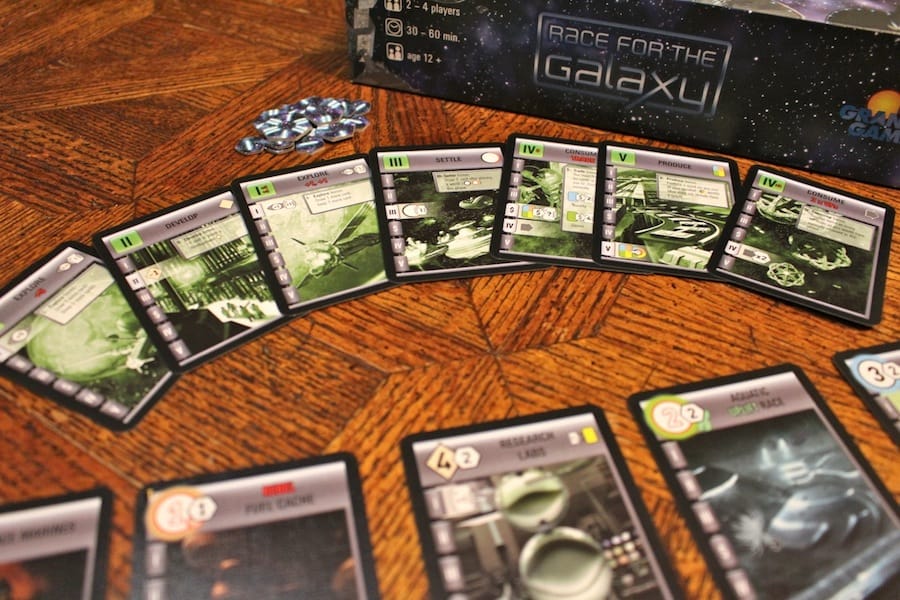
UNLOCKING ACTIONS
Performing extra or special actions is very exciting for players, so unlocking new actions can be an excellent reward. Or new actions can be unlocked over the course of a game (either becoming revealed or available as players can pay for them) to help a game’s excitement ramp.
Actions of different power levels can be balanced by requiring resources to be used or limiting the number of times they can be performed.
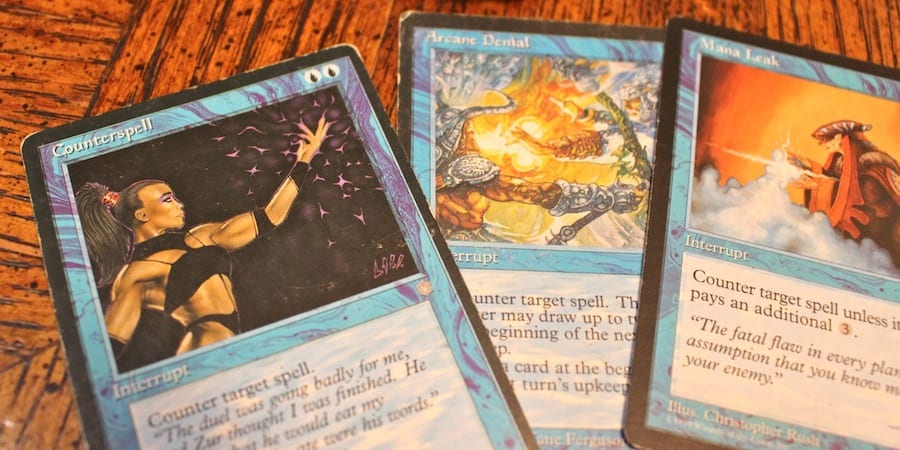
REACTIONS
In some turn based games, players are able to react to other players’ actions. The most famous example of this is counterspells in Magic, but games like Munchkin feature this prominently.
Many new designers include reactions in games because they’re familiar with them, but I almost always shy away from them. Why? Because they greatly complicate the turn sequence of a game and have the potential to create awkward situations. One player declares an action, then starts performing the action, but another player wants to interrupt, so the acting player must backtrack. Or the player hasn’t started performing the action yet, then decides to change their action once they learn that another player wants to interfere with it. And it’s always disappointing when you completely forget about your reaction until it’s too late. These issues are exacerbated when the reaction cards are very rare, so players aren’t used to waiting to see if anyone will react.
Reactions may feel like they’re continuous, but in reality they’re discrete, just really awkwardly discrete. It breaks up a player’s “turn” into several turns, where all players have the opportunity to react in sequence. My recommendation is to avoid reactions in your games whenever possible, unless the game is all about reacting to other players.
PASSING
Some games allow players to take no actions on their turns. Some of those games sometimes force players to take no actions. (For example, actions may require resources, and a player may sometimes have no resources.)
In my opinion, you should avoid forcing players to pass at all costs. Most players enjoy doing things when playing games (otherwise, why not watch a movie or read a book?), and skipping a turn makes them feel like they’re wasting their time. If actions are conditional or require resources, give your players some default action to perform each turn, even if it’s weak, like throwing a card away for gold in 7 Wonders.

WHAT IS AN ACTION?
I’ve made it through the entire article without ever defining what an “action” even is!
I tried to tackle this question once before, looking at basic human actions and how they fit in tabletop games. It’s an interesting thought experiment, even if I don’t think I was successful in my initial goal.
But at the end of the day, almost anything can be an action in a game. I’m not going to list even common actions in games because there are dozens. Plus, many games are successful simply because they highlight an action that isn’t commonly used in games. When you’re working on a new game, think about actions from other games, but also actions that haven’t been used widely.
LIGHTS, CAMERA, ACTION!
Actions are fundamental to all games, so it’s worth considering them at all stages of development. Make sure you’re providing your players with interesting actions to perform during your game, and if you’re limiting their actions in some way, really question if doing so improves your game or not.
I hope you found this article helpful. If you have thoughts on actions, or if I missed anything, please continue the discussion in the comments below!

